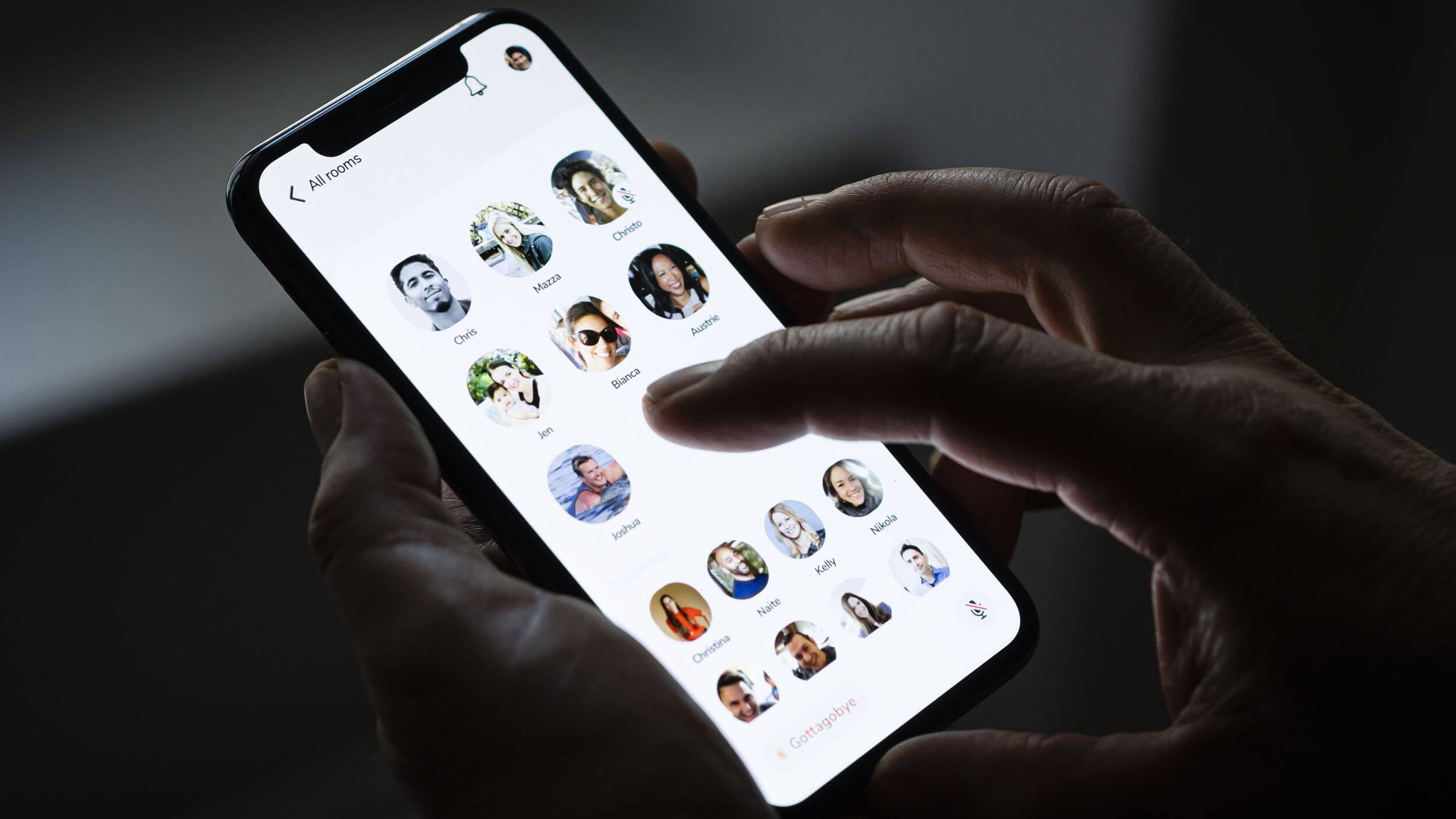Clubhouse now has more than 12.7 million users and despite still being only available for iPhone (not unlike another massive adoption phenomenon of some years ago, Instagram) and has just announced a platform for successful content creators to better monetize what they do. At the same time, it is beginning to face significant competition not only from older applications such as Discord, but also from other incipient but potentially very powerful ones, such as Twitter’s Spaces.
Are we witnessing the consolidation of the social audio phenomenon, one that goes beyond podcasts, which for many years have been predicted to become the next big thing (popular, yes, but…)? The signs are that social audio could overtake them in terms of hours of regular consumption. The Washington Post on Monday published an article about the growth of these types of audio applications, “From podcasts to Clubhouse, audio is filling more of our time. For some families, that’s a problem”, and that highlights the time we spend consuming audio, and how that time, together with the time we already spend staring at our screen, could impinge on family life.
Generally speaking we consume audio differently than we do visual content: when we read or watch things on a screen, we’re still able to hear what’s going on around us, and to some extent we can take part in other activities. We can be looking at our screen, but we’re still largely able to talk, depending on what we’re watching, or we can stop what we’re doing if required. But audio is different: putting on our headphones and listening implies, in many cases, disconnecting from our environment, and even more so when we use noise-canceling headphones. Moreover, if we’re listening to a podcast, we can always pause or do other things at the same time. But if we’re essentially listening live, as with Clubhouse, and we’re even looking at the screen to see who is speaking at any given moment, who are active participants and who’s in the audience, etc.), the sense of isolation is much greater.
Add some details of the app’s operation, such as its notification system, and it’s clear that this is potentially addictive: when you receive a notification that one of your contacts is participating in Clubhouse, if you tap on that notification, you will suddenly find yourself in that room, which, and who knows, you may even be invited to talk. Not that Clubhouse is recommended for those who like long conversations, and it’s definitely not a good idea when driving, because even though it is audio, at certain times you have to check the screen.
The main problem with Clubhouse is that because the conversations are not stored, you have to pay attention, and sometimes that can require an hour or more of your time. To make matters worse, many Clubhouse conversations drag on relentlessly, partly because the participation model has not yet been defined and some people love the sound of their own voices. In the future we will see rooms dedicated to listening to one person, as though they were giving a presentation, along with larger open conversations coexisting with other models, but for the moment, it is a bit totum revolutum and would be greatly improved if more people learned how to keep their contributions short and sweet.
For whatever reason, in a relatively competitive field, Clubhouse has popularized the phenomenon: social audio looks set to become part of social networking. Give it a try if you haven’t already, but beware: it is addictive and demanding. You need to take into account your situation and the needs of those around you, otherwise you might end up in a room… but not on Clubhouse, and very much alone.





























